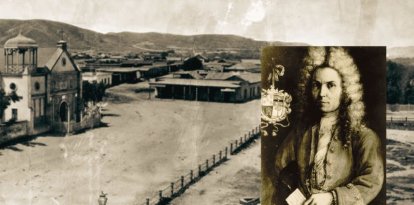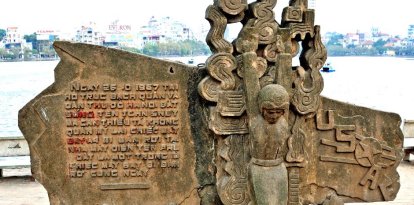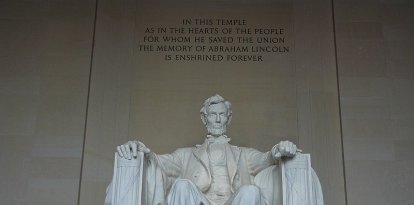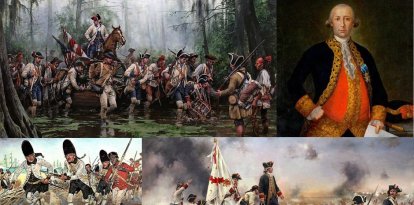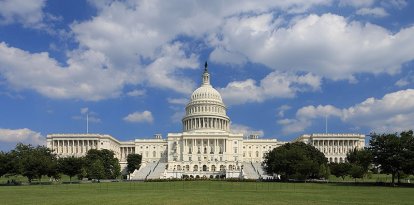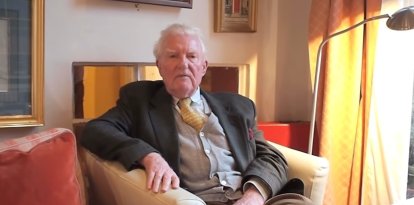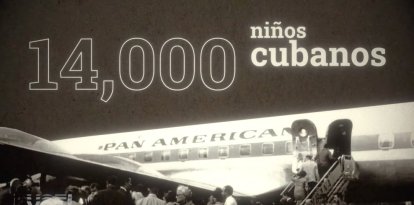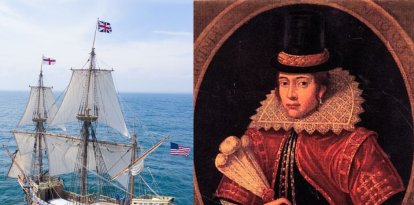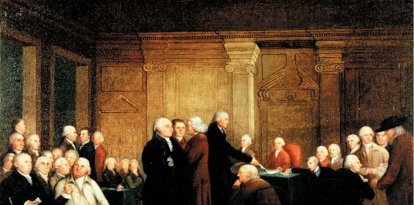Hispanic Power and its enormous influence in the Revolutionary War
Between 4,000 and 7,000 Latino soldiers fought - under the leadership of the Spanish Army - alongside the Americans against the British.
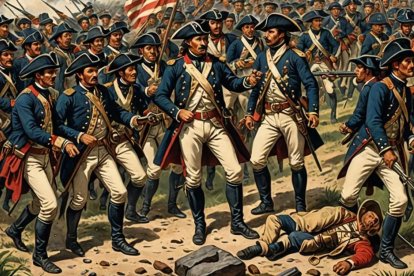
Independence Day
Hispanic power was present in the American War of Independence. Between 4,000 and 7,000 Latino soldiers fought -under the leadership of the Spanish Army- alongside the Americans against the British. This 4th of July we remember those who contributed to lay the foundations of the most important democracy in the world.
According to El Nuevo Herald, the Spanish Army that supported the Americans was composed of "Cubans, Mexicans, Puerto Ricans and Venezuelans, probably the first time that Hispanics fought on American soil, in defense of the United States, along with free blacks and slaves."
Every 4th of July is celebrated as the country's Independence Day. A national holiday that commemorates the Declaration of Independence by the Continental Congress on that same day in 1776 and honors those who fought to achieve an independent country.
"This declaration occurred during the course of the American War of Independence (1775-1783). This war event featured the participation of Spanish troops, favorable to the thirteen North American colonies, who played a decisive role in the victory over the English," Hispanic Council explained.
The war involved Spanish troops, favorable to the thirteen American colonies, who played a decisive role in the victory over the British. Something that is recognized by the country's current leaders. President Joe Biden argued in 2022 that had it not been for Hispanic support, the United States would not be an independent country.
In Voz Media, together with Hispanic Council, we wanted to remember several of the Hispanics who risked their lives for the United States.
Juan de Miralles: Born in Alicante in 1713. He moved to Cuba in 1740 and from Havana organized trade with the American colonies. Over time, he became acquainted with the English settled on what is now the east coast of the United States. At the beginning of the War of Independence, he formed a secret service that obtained intelligence for the Americans through spies. Among those who collaborated with Miralles was Friar Antonio de Sedella, whose identity was not discovered for 50 years.
"Miralles had an excellent relationship with George Washington, who would later become the first president of the United States. An extensive correspondence between the two, found by historian Salvador Larrúa Guedes, attested to the friendship. Miralles' support was decisive when, General Washington, having run out of resources, mobilized gold worth 300 million dollars today," detailed the Hispanic Council.
Diego María de Gardoqui y Arriquibar: He is known as the first Spanish ambassador to the United States. The Spanish crown sent, at the beginning of the war, money and other resources through private merchants like Gardoqui.
In addition, Gardoqui focused on fostering a network of support and supplies for George Washington's troops. According to available data, it is known that Gardoqui managed the collection of at least 18,000 blankets, 11,000 pairs of shoes, 30,000 uniforms, 4,000 tents, 215 cannons, 30,000 muskets, 30,000 bayonets and 300,000 pounds of saltpeter to make gunpowder. All for a total value of 946,906 reales.
"With the end of the war and the independence of the United States, Gardoqui settled in New York, the capital of the country until 1790. He was Spain's first ambassador and chargé d'affaires to the United States. His relationship with George Washington was also close. At his side, on April 30, 1789, he remained during his inauguration as president. He also attended the inauguration of St. Peter's Church, whose construction was led by the Bilbao native," said the Hispanic Council.
Similar is the story of José Moñino y Redondo, the 1st Count of Floridablanca. Moñino was in charge of guiding the foreign policy of Carlos III to strengthen the position against England and was one of the main drivers of U.S. independence.
In that sense, Hispanic Council explained that The Count created a secret plan to support the rebels to avoid the direct involvement of Spain. "He bet on allowing the docking of American ships in the ports of the Mississippi controlled by Spain. In addition, he sent arms, money and uniforms to the combatants," the organization indicated.
Finally, the most repeated Hispanic name in the history of U.S. Independence is that of Bernardo de Gálvez. He is one of the eight honorary citizens of the United States. Considered as the most important Hispanic in the historical feat. Gálvez was governor of Louisiana from 1776. Gálvez prevented the English from conquering the southern United States.
"With the official entry of the Spanish crown into the contest, Gálvez became involved in the defense of the North American territory from the British offensive. He quickly and simply defeated at Manchac, succeeded at Baton Rouge and soon set his sights on Florida to open fronts for the British and disperse their efforts," the Hispanic Council detailed.
Gálvez's influence has been recognized in the history of the United States. In fact, the Founding Fathers approved a resolution in Congress to honor him by hanging one of his portraits in the Capitol in Washington, D.C. However, this promise was not fulfilled until 231 years later, in 2014.
RECOMMENDATION
